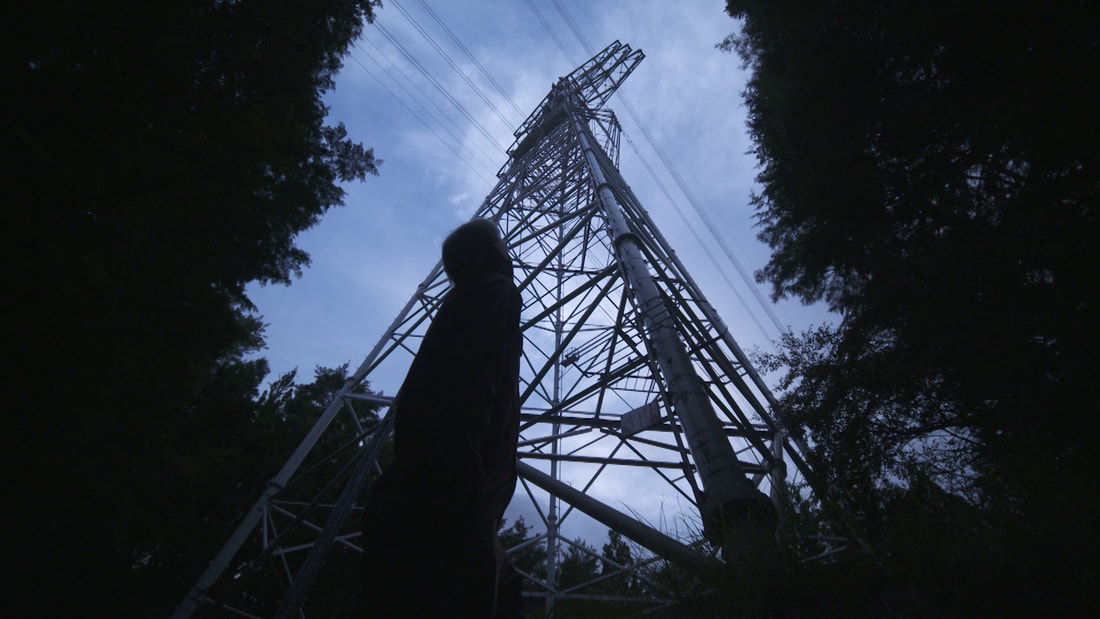|
Q: What inspired this story?
The story goes back to the autumn of 2011 (about six months after the Great East Japan Earthquake and tsunami and the resulting accident at the Fukushima Daiichi Nuclear Power Station). I was helping a colleague with a program, and I had an opportunity to interview ten-odd people who had been forced to evacuate because of the Fukushima nuclear accident. I asked them about the circumstances in which they were now living and how they were feeling. At the end of the interviews, a lot of them said something that really struck me: They asked me not to forget about them. And that made me determined to keep making programs about Fukushima. Only about six months had passed since the disaster, but these evacuees were already afraid that the hardships of people in Fukushima would soon be forgotten. And just as they had feared, many Japanese people did indeed forget about Fukushima and the disaster area as time passed. But how could I inform people about Fukushima in a way that would change that reality? I was at a loss. Then one day, a small online article about a man who had stayed by himself to look after the animals in a completely evacuated town captured my interest. This man gave me a sense that he was standing alone against the huge tide of obliviousness. I wondered if I could achieve something by showing people how this man had stayed in his hometown with the abandoned animals. This man’s name was Matsumura Naoto. I got his mobile number from the town hall. I felt a bit nervous as I tapped out the number to give him a call. After a few rings, I heard a deep voice. That was the beginning of this story. Q: What impact do you hope this film/program will have? More than ten years have passed since the Great East Japan Earthquake and tsunami. But not even one tenth of the people who lived in Matsumura’s town have returned. Meanwhile, reconstruction is in full swing. The things that hold memories of life in the town, the fields that once produced delicious food, and even the joys and sorrows of the people who once lived in the area are all being buried under concrete. That may be necessary as part of the government’s plans for reconstruction in the region hit by the disaster. But many of the people who were driven away by the tsunami and nuclear accident now feel as though they’re losing their hometown all over again. Matsumura is definitely not leaving. His choice to stay by himself felt to us like a protest against the reconstruction that’s going ahead with no regard for the town’s memories or history. As we watched Matsumura tilling the fields with uncertain hands and striving to grow vegetables, he seemed to be communicating something. He seemed to be saying: This is the land where my community has always lived. I’m still alive here. This place I call home has not lost its power to nurture life. It’s my sincere hope that “Fukushima Monologue” will be a kind of bridge towards empathy. I hope it will lead you to imagine the pain and sadness of someone who has lost something precious. I hope this program will touch your heart. Q: What next? Anything else you would like people to know? We’ve started shooting a program about Matsumura’s rice fields. This spring, Matsumura started cultivating a huge area of abandoned fields by himself. The fields were created by earlier generations who settled in the area 150 years ago. They produced delicious rice. Matsumura aims to resuscitate them by himself. They fit the classic image of a Japanese farming image—with freshly sown rice in the spring, green rice plants swaying in the breeze in summer, and golden ears of rice catching the wind in autumn. Matsumura has a simple dream of resuscitating the rice fields that disappeared after the nuclear accident, making rice balls from his own newly harvested rice, and savoring them with other people from his community. But resuscitating rice fields that had fallen into ruin after being abandoned for 10 years is fraught with challenges he hadn’t imagined. Weeds had put down deep roots. The irrigation channels that were created to keep the fields alive had been buried under earth and sand and the debris from landslides. Fresh earth that was brought as part of decontamination efforts is full of big stones. And growing rice that’s safe to eat requires ongoing measurement of the radiation in the soil and water. But Matsumura is not giving up. He intends to overcome each and every hurdle he encounters. The abandoned land has again become fields of gently swaying green rice plants. Frogs, dragonflies, and other little creatures have returned and are playing a symphony of life for the first time in 10 years. I hope to create a program that highlights the resilience of people and the land through a depiction of life in Matsumura’s rice fields during the passage of the seasons.
0 Comments
Leave a Reply. |
Archives
March 2024
Categories
All
|
Contact UsJackson Wild
240 S. Glenwood, Suite 102 PO Box 3940 Jackson, WY 83001 307-200-3286 info@jacksonwild.org |


 RSS Feed
RSS Feed